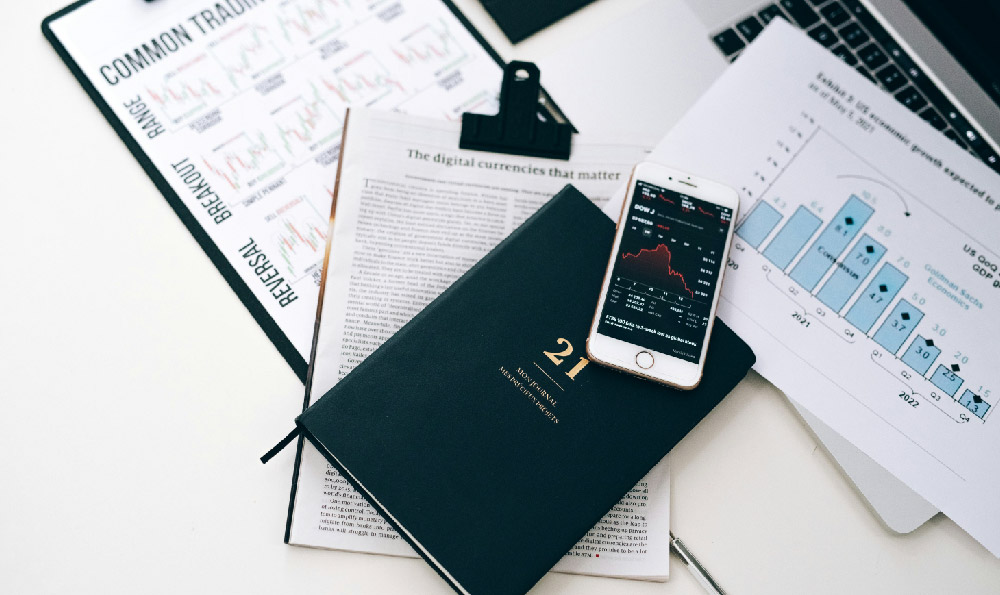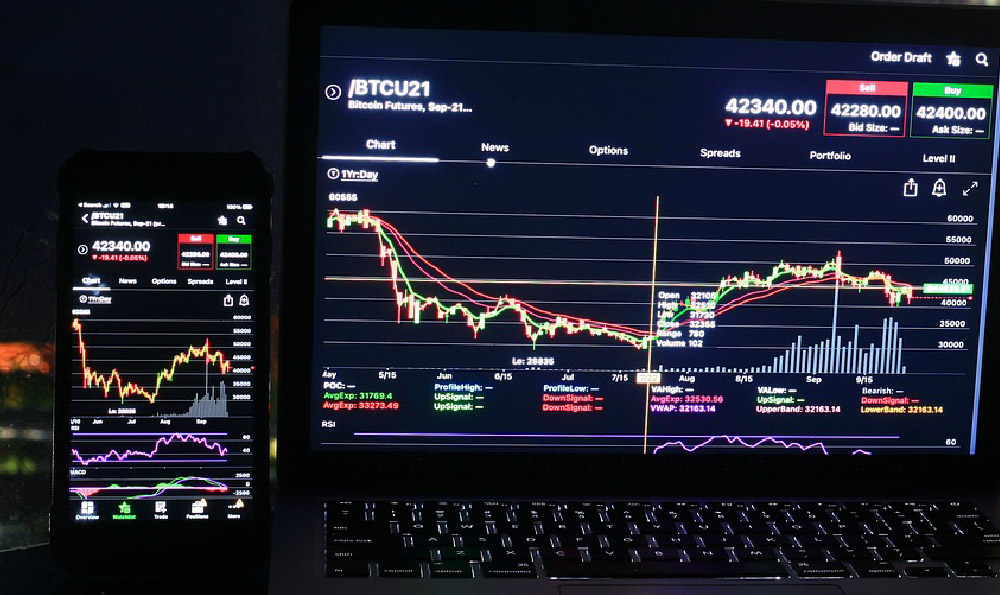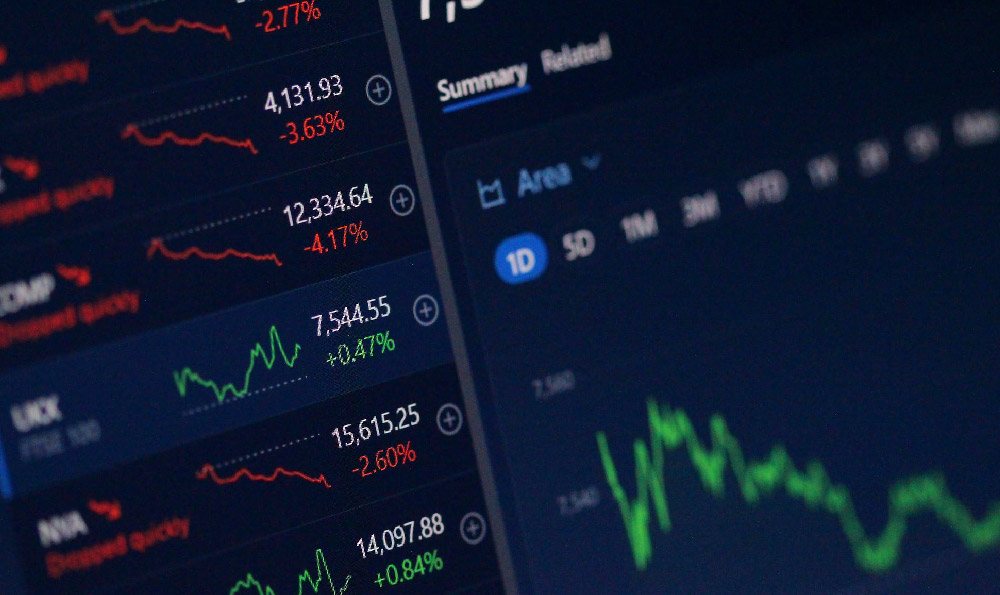
Navigating the world of ride-sharing, specifically with Uber, presents a unique set of financial challenges and opportunities. The seemingly simple act of driving passengers from point A to point B is, in reality, a complex micro-business, demanding strategic thinking to maximize earnings and minimize expenses. A driver's success isn't solely dependent on the hours clocked, but rather on a comprehensive understanding of market dynamics, vehicle management, and smart financial planning.
One of the most critical aspects of maximizing Uber earnings is understanding demand. Uber's surge pricing algorithm is a powerful tool, but it requires a driver to be proactive and analytical. Instead of simply waiting for surges to appear, successful drivers anticipate them. This involves monitoring local events, traffic patterns, and even weather forecasts. For example, a sporting event ending, a concert letting out, or a sudden downpour can all trigger significant demand. Positioning oneself strategically near these potential surge zones, even before the surge officially kicks in, can significantly increase earning potential. Furthermore, learning the nuances of Uber's heatmap in your city is crucial. Understanding which areas consistently experience high demand at specific times allows for efficient route planning and minimizes unproductive driving time.
Beyond surge pricing, understanding the timing of your driving sessions is paramount. Weekends, especially Friday and Saturday nights, are typically the most lucrative. However, early morning airport runs during the week can also be profitable. Analyzing your own data – Uber provides detailed earnings reports – is key to identifying your personal peak earning times. Don't be afraid to experiment with different time slots and routes to discover what works best for you. Furthermore, consider targeting specific demographics. Business travelers, for instance, may be more likely to request rides during weekdays, while tourists might favor certain areas of the city.

Minimizing expenses is just as important as maximizing revenue. Vehicle maintenance is arguably the biggest recurring cost. Proactive maintenance is far cheaper than reactive repairs. Regular oil changes, tire rotations, and brake inspections can prevent costly breakdowns down the line. Track your mileage meticulously and adhere to the recommended maintenance schedule for your vehicle. Explore options for discounted auto parts and services, and consider learning basic maintenance tasks yourself.
Fuel efficiency is another critical area for cost reduction. Driving smoothly, avoiding rapid acceleration and braking, and maintaining a consistent speed can significantly improve your gas mileage. Plan your routes carefully to avoid congested areas and unnecessary idling. Utilize GPS navigation apps to find the most efficient routes, even if they're slightly longer. Research and use fuel-efficient driving techniques. Consider purchasing a fuel-efficient vehicle specifically for ride-sharing, as the initial investment can be offset by long-term savings.
Beyond vehicle-related expenses, drivers need to consider insurance. Standard personal auto insurance policies typically don't cover ride-sharing activities. It's crucial to obtain specific ride-sharing insurance that provides coverage during all stages of the Uber process, from waiting for a ride request to transporting a passenger. Failing to do so can result in significant financial liability in the event of an accident. Compare quotes from different insurance providers to find the best coverage at the most competitive price.
Smart financial planning is crucial for Uber drivers. Because earnings can fluctuate, it’s vital to create a budget and stick to it. Track your income and expenses diligently. Identify areas where you can cut back on spending. Set realistic financial goals, such as paying off debt or saving for a down payment on a house. Create an emergency fund to cover unexpected expenses, such as car repairs or medical bills.
Consider the long-term implications of driving for Uber. Depreciation is a significant factor. As your vehicle ages and accumulates mileage, its value decreases. Factor this depreciation into your financial calculations. Think about investing a portion of your earnings for retirement. Explore options such as individual retirement accounts (IRAs) or self-employment retirement plans. Consult with a financial advisor to create a personalized retirement plan that aligns with your goals and risk tolerance.
Finally, be aware of the potential pitfalls. Don't fall prey to scams or misleading promotions. Be wary of accepting rides in unsafe areas or from suspicious individuals. Always prioritize your safety and well-being. Remember that driving for Uber is a business. Treat it as such by maintaining professionalism, providing excellent customer service, and continuously seeking ways to improve your efficiency and profitability. The key to success lies in a combination of strategic planning, diligent execution, and a commitment to continuous learning. By embracing these principles, Uber drivers can navigate the challenges and maximize their earning potential in the dynamic world of ride-sharing. Remember to always stay informed about the latest Uber policies, market trends, and financial regulations to make informed decisions and protect your financial future.





